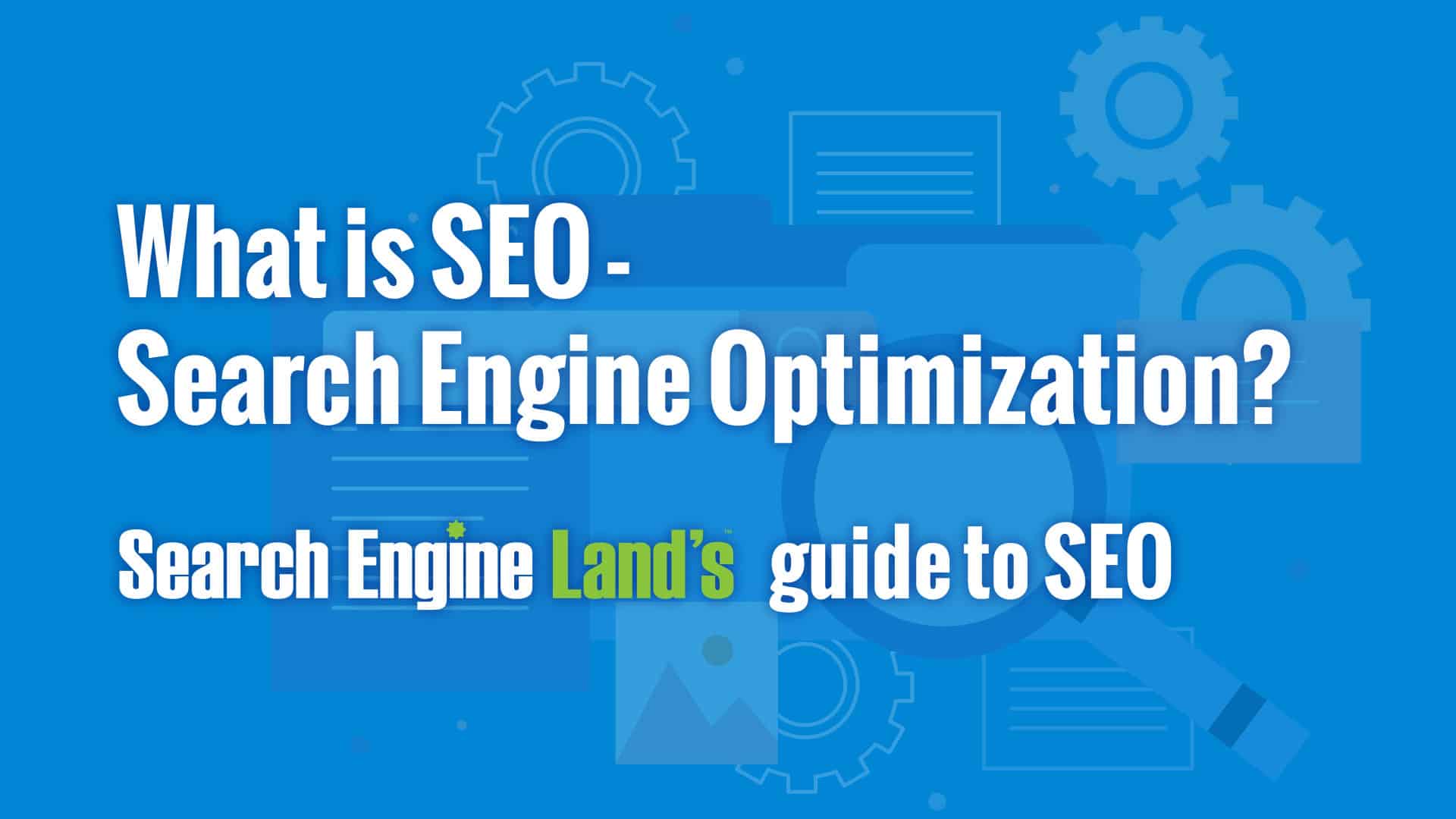Comprehending the Function of Individual Experience in Modern Search Engine Optimization Practices
In a period where electronic existence can make or break an organization, comprehending the junction between customer experience (UX) and modern-day SEO techniques is a lot more vital than ever. As search engines progress, they progressively prioritize websites that supply smooth, appealing experiences to individuals. Just how do these components exactly influence search positions?
The Development of SEO
For many years, the landscape of search engine optimization (SEO) has actually undertaken substantial change, showing the vibrant nature of electronic technology and individual actions. At first, SEO was largely concerning keyword stuffing and link-building methods, concentrating heavily on manipulating online search engine formulas to boost web site positions. Nonetheless, as online search engine became extra innovative, these tactics started to lose efficiency and importance.

In addition, mobile optimization and voice search have ended up being important components of SEO methods. With the spreading of mobile phones, ensuring internet sites are mobile-friendly has come to be a requirement. Voice search, driven by virtual aides like Siri and Alexa, has actually additionally changed SEO practices in the direction of all-natural language processing and conversational web content.
Basically, the evolution of SEO reflects a more comprehensive fad in the direction of boosting customer complete satisfaction by aligning electronic material with the nuanced assumptions of contemporary customers.
Secret UX Components in SEO
In the realm of search engine optimization, essential customer experience (UX) components are crucial for improving both customer fulfillment and search engine positions. Central to this is the simplicity of navigating, which makes sure users can without effort discover information without unnecessary clicks. A well-structured navigating system enables internet search engine to index pages a lot more efficiently, adding to higher visibility. In addition, mobile responsiveness is crucial in today's electronic landscape, as a significant section of web website traffic originates from smart phones. Sites maximized for mobile usage not only promote a smooth customer experience yet additionally align with Google's mobile-first indexing technique.
Clear call-to-action (CTA) buttons direct users towards wanted activities, improving conversion prices. Accessibility can not be neglected; making sure that material is accessible to users with specials needs broadens reach and complies with internet criteria. Integrating these UX elements effectively sustains SEO efforts by promoting customer retention and promoting search engine understanding of website web content.
Impact of Site Speed
While frequently taken too lightly, the influence of site rate on individual experience and SEO can not be overemphasized. In today's busy digital environment, individuals anticipate sites to load promptly and successfully. Google has acknowledged this demand, incorporating website rate as a critical ranking element in its search algorithms. A slow-loading site can lead top article to enhanced bounce prices, as individuals are most likely to desert a site if it takes more than a couple of seconds to lots. This not only influences customer involvement but also reduces the website's visibility in search engine results pages (SERPs)
In addition, website speed straight affects conversion rates and individual contentment. By dealing with these technical elements, sites can enhance their rate, consequently improving individual experience and improving their SEO performance. Ultimately, spending in website rate is investing in both customer fulfillment and search engine visibility, critical elements in the electronic industry.
Mobile-Friendliness Relevance
Adjusting to mobile-friendliness has actually ended up being an indispensable element of reliable SEO methods. As smart phones increasingly control net use, internet search engine like Google have actually changed in the direction of mobile-first indexing, meaning the mobile version of a web site is focused on in ranking algorithms (seo adelaide). Mobile-friendliness is not simply a trend yet a necessity in maximizing a site's search engine efficiency

Additionally, mobile-friendliness effects neighborhood SEO dramatically. As users often search for local info on-the-go, having a mobile-optimized site improves exposure in neighborhood search results page, driving foot website traffic and conversions for businesses. Sites that stop working to prioritize mobile-friendliness danger losing out on beneficial website traffic, as users are much less likely to engage with websites that are tough to navigate on their smart phones. For that reason, incorporating mobile optimization into search engine optimization strategies is essential for sustaining affordable advantage in the electronic landscape.
Enhancing Navigation for SEO
As organizations acknowledge the need of mobile-friendliness in SEO, another critical element arises: boosting navigating - seo adelaide. Effective navigating is essential as it directly influences user experience (UX), which browse engines progressively prioritize. A well-structured web site makes certain that users can easily find the content they are trying to find, decreasing bounce rates and enhancing dwell time, both of which are important search engine optimization metrics
To boost navigating, web sites need to embrace a rational power structure that guides individuals flawlessly through content. This consists of important site clear, succinct menu tags and an instinctive design, which collectively improve the user trip. Using breadcrumb read this post here tracks can even more assist customers in comprehending their place within a site, fostering a sense of alignment and control.
Along with assisting UX, streamlined navigation permits search engine spiders to index material much more effectively, boosting presence in search results. Carrying out interior connecting methods can likewise boost SEO by distributing web page authority and promoting material discoverability. Additionally, ensuring navigating is responsive throughout gadgets guarantees that customers delight in a consistent experience, important in today's multi-device world. Eventually, enhancing navigating is not merely concerning looks; it is a tactical technique to maximizing both user interaction and search engine performance.
Conclusion
Integrating customer experience into contemporary Search engine optimization methods is vital for enhancing search engine positions and improving website performance. As search engines prioritize customer intent, vital components such as site speed, mobile-friendliness, and intuitive navigating play a crucial duty in conference user expectations.
In the world of search engine optimization, crucial user experience (UX) elements are critical for improving both individual fulfillment and search engine positions. Incorporating these UX components successfully sustains SEO initiatives by promoting customer retention and helping with search engine understanding of website web content.
As individuals commonly browse for regional info on-the-go, having a mobile-optimized website boosts presence in neighborhood search results, driving foot traffic and conversions for businesses.Incorporating customer experience right into modern-day SEO practices is paramount for maximizing search engine positions and enhancing internet site performance. As search engines focus on user intent, vital components such as website speed, mobile-friendliness, and intuitive navigating play a vital function in meeting individual expectations.